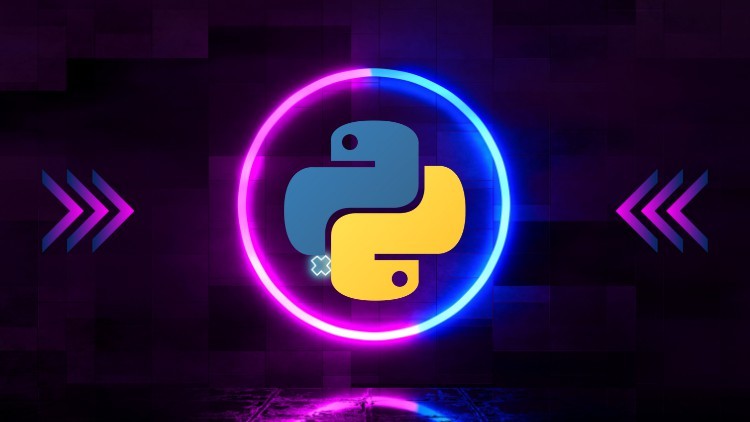
Python is an interpreted, object-oriented, high-level programming language with dynamic semantics
🐍 PYTHON PROGRAMMING SYLLABUS
Python is an interpreted, object-oriented, high-level programming language with dynamic semantics. Its high-level built in data structures, combined with dynamic typing and dynamic binding, make it very attractive for Rapid Application Development, as well as for use as a scripting or glue language to connect existing components together. Python’s simple, easy to learn syntax emphasizes readability and therefore reduces the cost of program maintenance. Python supports modules and packages, which encourages program modularity and code reuse. The Python interpreter and the extensive standard library are available in source or binary form without charge for all major platforms, and can be freely distributed.

Module 1: Introduction to Python
- History and Features of Python
- Python Installation and Environment Setup
- Writing your first Python program
- Interactive mode vs Script mode
- IDEs (PyCharm, VS Code, Jupyter Notebook)
Module 2: Python Fundamentals
- Variables, Data Types, and Identifiers
- Operators and Expressions
- Input and Output (
print(),input()) - Basic Syntax and Code Structure
Module 3: Control Flow and Decision Making
- Conditional Statements (
if,elif,else) - Looping Structures (
for,while) - Nested Loops and Conditional Statements
- Loop Control Statements (
break,continue,pass)
Module 4: Data Structures in Python
- Lists, Tuples, and Dictionaries
- Sets and Frozen Sets
- Data Structures Operations and Methods
- List Comprehensions and Generators
Module 5: Functions and Modules
- Defining and Calling Functions
- Types of Function Arguments
- Lambda Functions (Anonymous Functions)
- Built-in Functions and Modules
- Importing and Creating Custom Modules
Module 6: Object-Oriented Programming (OOP)
- Classes and Objects
- Constructors and Destructors (
__init__,__del__) - Encapsulation, Inheritance, Polymorphism
- Class Methods, Static Methods, Instance Methods
Module 7: File Handling in Python
- Reading and Writing Files
- File Modes and Methods
- Handling CSV, JSON, and text files
- Error Handling in File Operations
Module 8: Exception Handling
- Types of Exceptions and Errors
- Try, Except, Finally blocks
- Raising Custom Exceptions
- Debugging and Best Practices
Module 9: Regular Expressions
- Introduction to Regular Expressions (Regex)
- Regex Patterns and Methods (
search,match,findall,sub) - Validation and Parsing using Regex
Module 10: Python Libraries & Frameworks
- Introduction to NumPy (Numerical Computing)
- Pandas (Data Analysis)
- Matplotlib (Data Visualization)
- Basics of Flask/Django (Web Development)
Module 11: Database Connectivity
- Basics of Databases (SQL & NoSQL)
- SQLite/MySQL Database Connections
- CRUD Operations using Python
- ORM Concepts with SQLAlchemy
Module 12: Advanced Python Concepts
- Decorators and Generators
- Multithreading and Multiprocessing
- Introduction to Web Scraping (BeautifulSoup, Requests)
- Overview of API Integration
🎯 Projects & Practical:
- Mini Projects: Calculator, Password Generator, To-Do App
- Data Analysis Project using Pandas & Matplotlib
- Web Application using Flask/Django Framework
- Database-driven Project with CRUD operations
🕒 Course Duration: Typically 2–4 Months (depending on the depth and intensity).
🚀 Course Outcomes:
- Solid foundation in Python programming and OOP concepts.
- Ability to create applications, automate tasks, and analyze data efficiently.
- Ready for Python developer roles, data science, and web development careers.